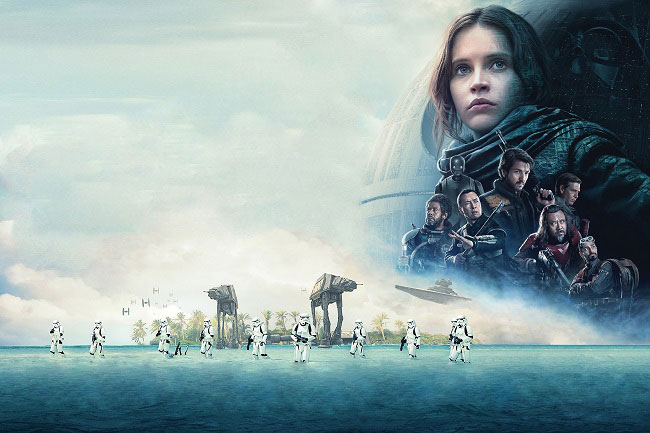
There’s nothing like the eagle-eyed-vision of a Star Wars fan. In my experience, not only do fans of George Lucas’ space opera dissect every frame of a Star Wars film, they perform a mental surgery of sorts with the trailers as well. As such, you can guarantee that if anything ranging from a line of dialogue, to a grain of sand is missing from the highly anticipated finished product of the famed franchise, the fans will be sure to find it. Most recently, enthusiasts of the Star Wars spin-off film, ROGUE ONE: A STAR WARS STORY, were mystified as to why some of the cooler moments seen in the trailers managed to make their way to the cutting room floor rather than to the silver screen. Well, perhaps this next bit will shed some light on the subject.
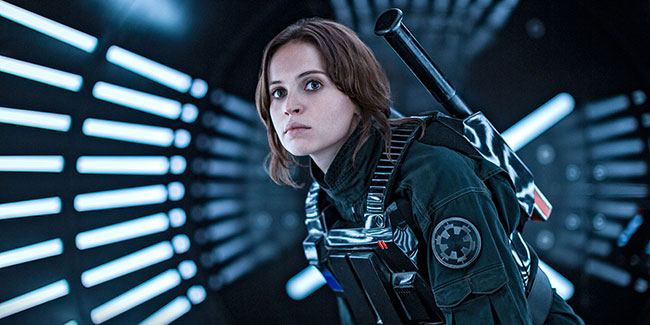
In a recent interview with The Independent, ROGUE ONE: A STAR WARS STORY and SUICIDE SQUAD editor John Gilroy, said the following about the deleted scenes, re-shoots and expectations of the Star-Wars spin-off film:
I was given some free range to do things. I came on and helped shape a few things, to try some things, and I did. We had re-shoots. In terms of being hands-on, I would say it was about normal for directors. I came on a little bit later than the other two editors. When I came on, there was a plan, so we did some photography. I was very much set on the movie that you see. There have been other incarnations of the movie, with different scenes that were not used, but I didn’t think about them that much. I was thinking about the movie that we had to make.
Gilroy then speaks about the missing footage from the Rogue One trailers and the process of working on the Tarkin CGI character:
I would say a lot of the movie changed. That’s the simplest way to put it. I’ve said we definitely changed things at the beginning, added scenes developing those characters, and that has a ripple effect through the whole movie. So, I know people have been watching and clocking the deleted scenes and saying ‘I wonder how that fit in?’ but I was mostly concerned with the movie you saw. I was there to put that movie together.
With Tarkin, we had an actor playing him – Guy Henry – who is really acting. Then ILM’s task is to replace him with Governor Tarkin. We’re cutting and they’re doing their work and we’re trying not to make too many changes because every time I make a change I make a lot of work for people over there. You have to get the edit first, then work on the shot. Every frame has to be lavished on, every frame has to be right.
Gilroy then continues the interview by talking about what films influenced him while working on ROGUE ONE: A STAR WARS STORY:
I don’t bring in any preconceived idea. I’m a firm believer that the film tells you what to do and you have to be a very good listener when you’re a film editor. We had a good plan and you need to mine every scene, get the most out of every scene. Then put them together in sequence, see how that goes. I’m a conduit, I let the movie tell me what to do.
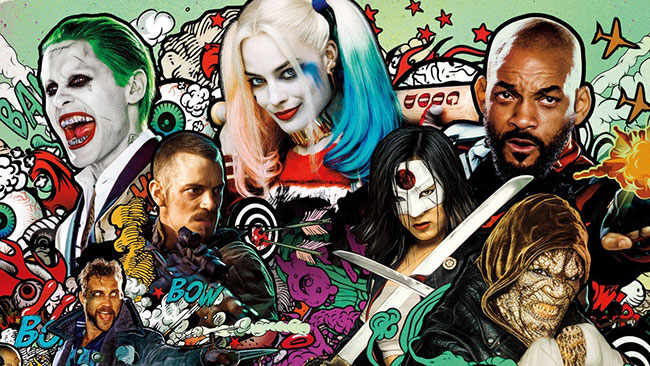
Switching gears, Gilroy then remarked about his time while working on David Ayer’s SUICIDE SQUAD, and the challenges that came with the making of that film:
A lot of things happened on Suicide Squad too. I’m not going to go into all that, but sometimes on these very big features, there’s a lot at stake. And when there’s a lot at stake, you need to get it right. Filmmakers need to feel they’re getting it right. So, people sometimes change their mind. People add different ideas and I guess you can say that about both these films.
A trailer or a comic-con piece is a totally different thing to what we’re really doing. But, it’s really nice to clock. What the early trailers on Suicide Squad did was show Warner Bros. people are very interested in the movie and the series. I’d say those short form things are an art in and of themselves. That’s a whole other thing. I don’t normally think about it too much and there’s not a lot of interface between the two disciplines.
Editing, while not an aspect of filmmaking that is often talked about by casual movie fans, has certainly been a topic of great online debate over the past year, as many who are interested (or indignant) about the subject now have platform in which to share their thoughts via social media. Obviously, the decision to leave work on the cutting room floor is never an easy one, though one could argue that, in some cases, positive results can come from a bit of restraint and alternate planning.
ROGUE ONE: A STAR WARS STORY is still in theaters everywhere, right now. Additionally, you can catch David Ayer's SUICIDE SQUAD either via the home market or online media streaming services.






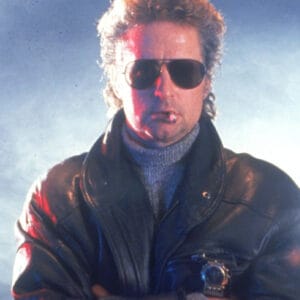


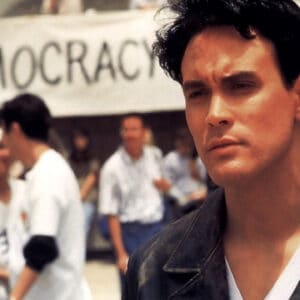




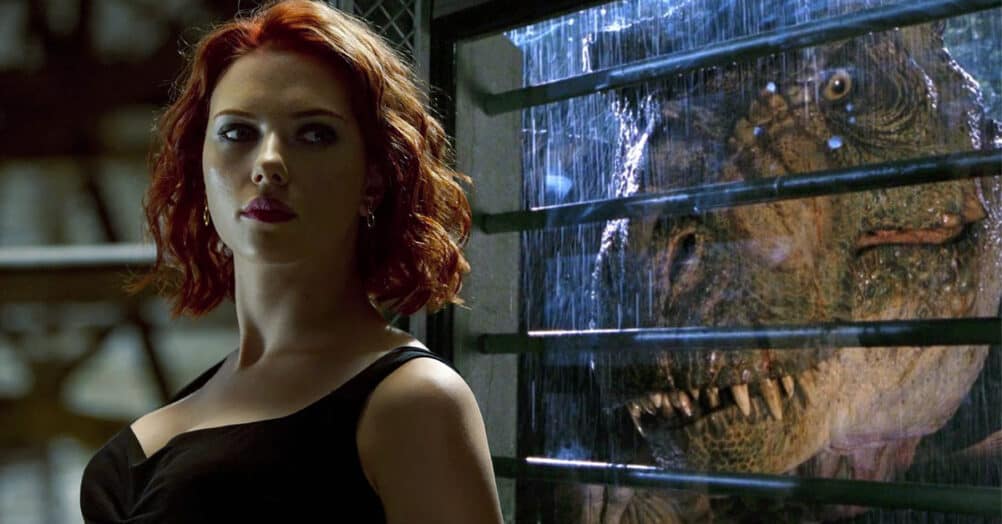





Follow the JOBLO MOVIE NETWORK
Follow us on YOUTUBE
Follow ARROW IN THE HEAD
Follow AITH on YOUTUBE